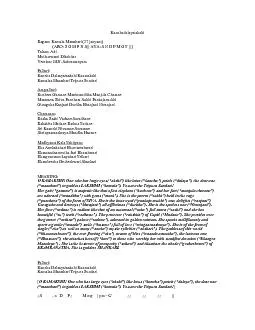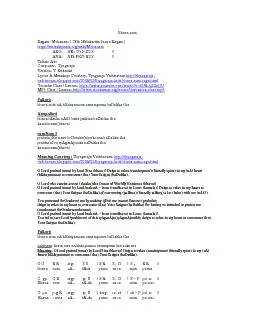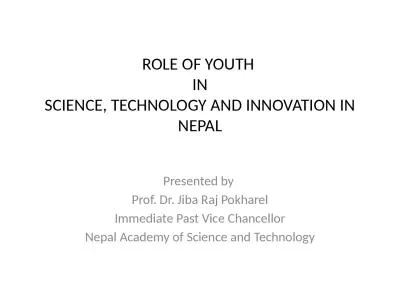PPT-KAMALA INSTITUTE OF TECHNOLOGY AND SCIENCE, SINGAPUR
Author : roy | Published Date : 2023-05-22
Class I B Tech II Semester Branch CSE Academic Year 202021 Regulation R18 Subject Applied Physics Topic Fiber optics Name of the Staff K Rajashekhar Fiber
Presentation Embed Code
Download Presentation
Download Presentation The PPT/PDF document "KAMALA INSTITUTE OF TECHNOLOGY AND SCIEN..." is the property of its rightful owner. Permission is granted to download and print the materials on this website for personal, non-commercial use only, and to display it on your personal computer provided you do not modify the materials and that you retain all copyright notices contained in the materials. By downloading content from our website, you accept the terms of this agreement.
KAMALA INSTITUTE OF TECHNOLOGY AND SCIENCE, SINGAPUR: Transcript
Download Rules Of Document
"KAMALA INSTITUTE OF TECHNOLOGY AND SCIENCE, SINGAPUR"The content belongs to its owner. You may download and print it for personal use, without modification, and keep all copyright notices. By downloading, you agree to these terms.
Related Documents














